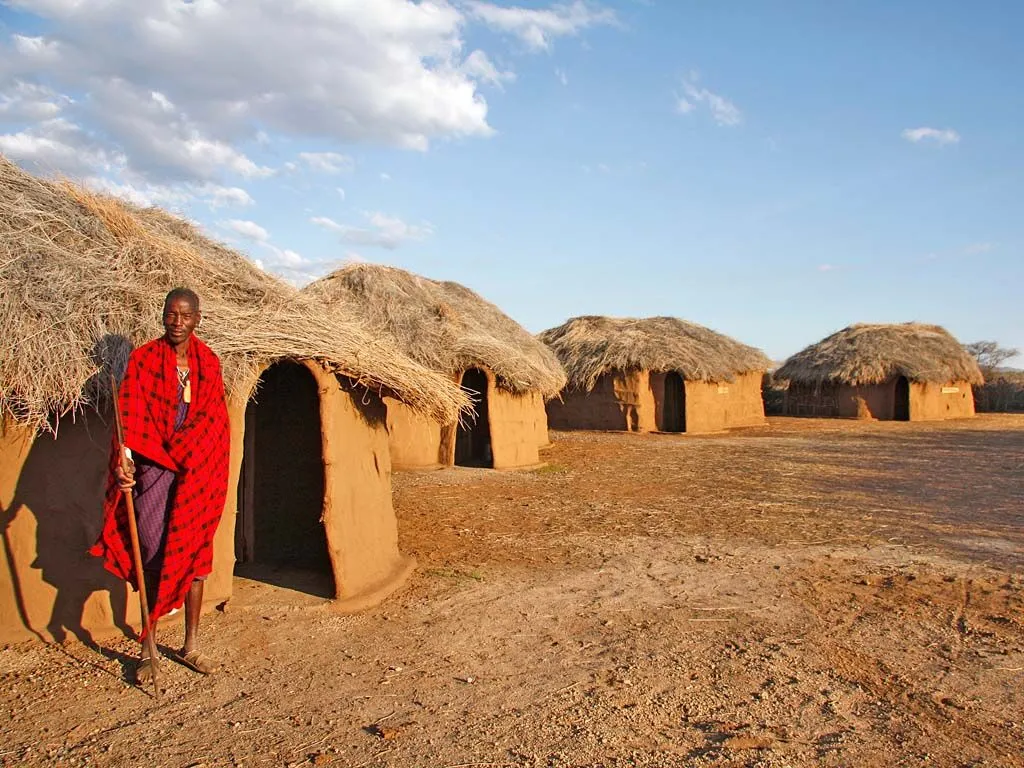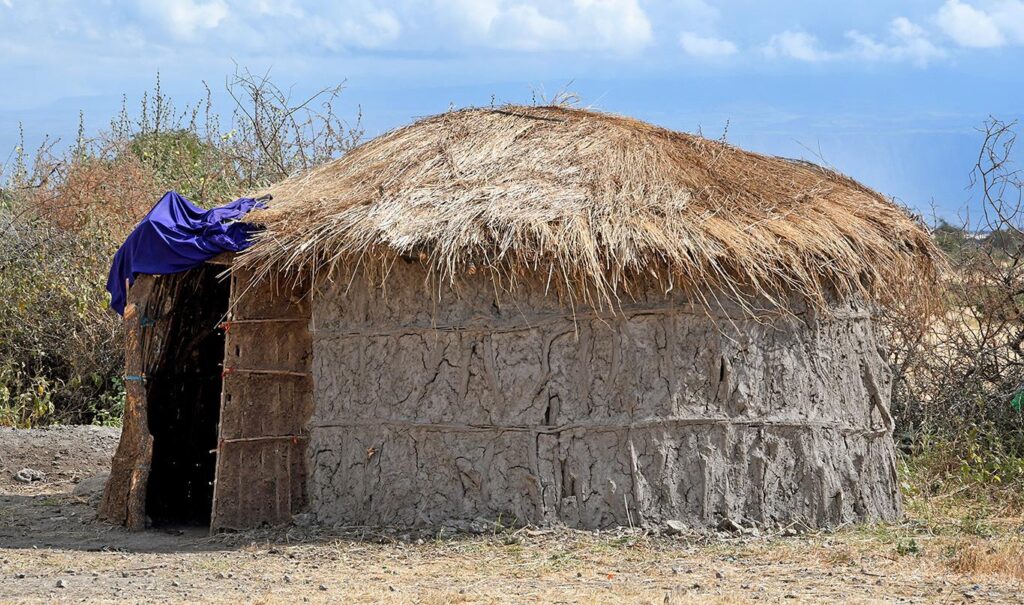Maasai Huts- How to build Maasai Huts
Maasai Huts- How to build Maasai Huts, the Maasai are among the most renowned tribes in Tanzania. Inherently, they are nomadic pastoralists who migrate to more fertile grazing areas as required.
Cows play an essential role in daily life, and the Maasai believe that God bestowed upon them all the cattle in the earth, symbolizing a sacred connection between humanity and the divine. A pronounced hierarchy exists among the Maasai, with each member occupying a specific role within the group.

Today, I like to discuss housing and shelter within Maasai culture. The Maasai construct their houses to be impermanent, as they must be prepared to relocate at any moment.
Notably, the responsibility for constructing the houses lies with the women, not the men. Only pregnant and elderly women are exempt from construction duties. The elder women train the younger generation on constructing durable and sturdy homes.
All construction materials are sourced from local natural resources. The huts are typically circular or oval in shape. The initial step involves constructing the frame by securing assembled timber poles into the ground. Subsequently, the poles are intertwined with a lattice of diminutive branches, which are subsequently coated with a mixture of water, dirt, cow dung, and human urine. The final embellishments are applied using a mixture of bovine excrement and water.
The subsequent phase involves the roofing, which is similarly coated with cow dung and subsequently adorned with grass gathered from the surrounding area. The cow manure renders the roof impermeable to water.
The dwellings are typically modest, measuring approximately 3 x 5 meters in area and about 1.5 meters in height. However, they fulfill their intended function, since families utilize these spaces for cooking, sleeping, dining, socializing, and storing reserves, fuel, and even small livestock. The interior is exceedingly dim, as there are no windows save from a few minuscule round apertures in the walls. Typically, there are two beds: one designated for the parents and the other for the children. Each lady is accountable for her own hut and is also liable for renovations. The construction duration may range from several days to several weeks, contingent upon the number of assistants and the availability of materials.

All dwellings collectively constitute a boma, typically encircled by an extensive thorn fence. A significantly smaller thorn barrier is constructed among the huts to provide a secure resting area for the livestock at night.
